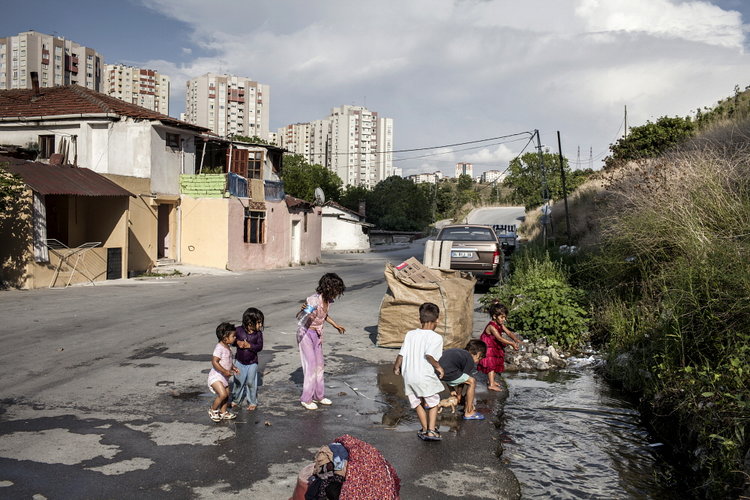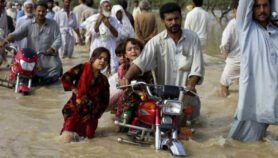By: Catarina Chagas
Send to a friend
The details you provide on this page will not be used to send unsolicited email, and will not be sold to a 3rd party. See privacy policy.
Cities around the world are likely to suffer more heatwaves in the future, a study has found, leading to greater need for planning regulation and urban cooling.
The study found a significant increase between 1973 and 2012 in the number of heatwaves affecting the 217 urban areas around the world it examined.
It also found that almost two-thirds of cities saw significant rises in ‘extreme hot nights’, which are as warm as the daily minimum temperature. Such nights are dangerous as they mean people have no respite from hot days.
As climate change progresses and cities become denser, these problems could be exacerbated, say the authors of the study, which was published on 29 January in Environmental Research Letters.
Vimal Mishra, the lead author of the study and an engineer at the Indian Institute of Technology, Gandhinagar, says it is particularly important to understand changes to urban climate, as around 70 per cent of the world’s population are forecast to be living in cities by 2050.
Large cities generate their own microclimates, called urban heat islands. This effect means temperatures in urban areas are higher than those in surrounding rural areas, explains Diane Archer, a researcher at policy research organisation the International Institute for Environment and Development.
“This is because of the concentration of buildings trapping more heat during the day and releasing it more slowly at night than natural ground cover like vegetation,” she says.
“Houses may not be designed to cope with rising temperatures, and they may not have access to electricity for fans, or the financial means to pay for cooling mechanisms.”
Diane Archer, IIED
The study implies that city management and urban planning will become more important as heatwaves in cities increase. Urban temperatures can be managed by including a greater amount of open and green space in cities, providing shady spots and water fountains, and by building houses with effective cooling mechanisms, such as window blinds, ventilation and high ceilings.
The study’s authors, who are based in India and the United States, want to do more research on the demands heatwaves place on urban housing needs.
Archer points out that a large proportion of city dwellers live in developing countries where urban planning is poor. “Often the most vulnerable residents live in inadequate shelter in informal settlements,” she says. “Their houses may not be designed to cope with rising temperatures, and they may not have access to electricity for fans, or the financial means to pay for cooling mechanisms.”
People who work outdoors and those who have existing health problems are also more vulnerable to extreme high temperatures, Archer warns. Finally, she says, heatwaves put additional stresses on municipal water supplies.
Because of the large variety in city planning capacity, the study has been criticised for presenting cities as a homogenous concept without differentiating between their different structures and needs.
“It is likely that megacities would present different climate extremes in comparison with smaller urban areas,” says Carlos Nobre, the chairman of Brazil’s National Commission on Meteorology. The study would have benefitted from categorising cities by size, he says.
> Link to the full paper in Environmental Research Letters














